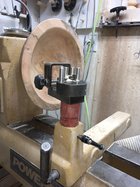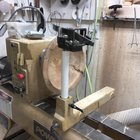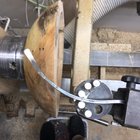Looking for some ideas on how to store hand held hollowing tools (think Kelton or swan neck handled tools) and the McNaughton coring blades. My existing storage for lathe tools is a wooden rack where the tools go point down. Never mind that the rack is full, but the hollowing tools won't fit due to the curvature either. I'm thinking that I may build a box for the McNaughton set, but am open to other ideas.
Ideally I'd like the blades to be protected and not get banged into one another etc.
Ideally I'd like the blades to be protected and not get banged into one another etc.

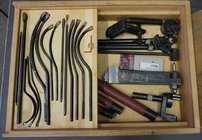
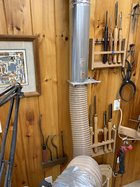
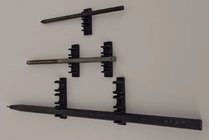
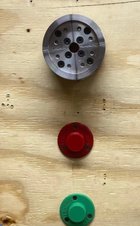
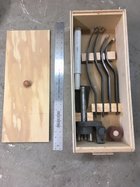
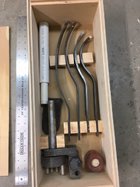
![IMG_5921[1].JPG IMG_5921[1].JPG](https://www.aawforum.org/community/data/attachments/47/47000-9daf0d7b9815993e394e21d3bb856d8b.jpg?hash=na8Ne5gVmT)
![IMG_5920[1].JPG IMG_5920[1].JPG](https://www.aawforum.org/community/data/attachments/47/47001-e2bdac59fd1b87ec09a3d11cd3b32f4f.jpg?hash=4r2sWf0bh-)
